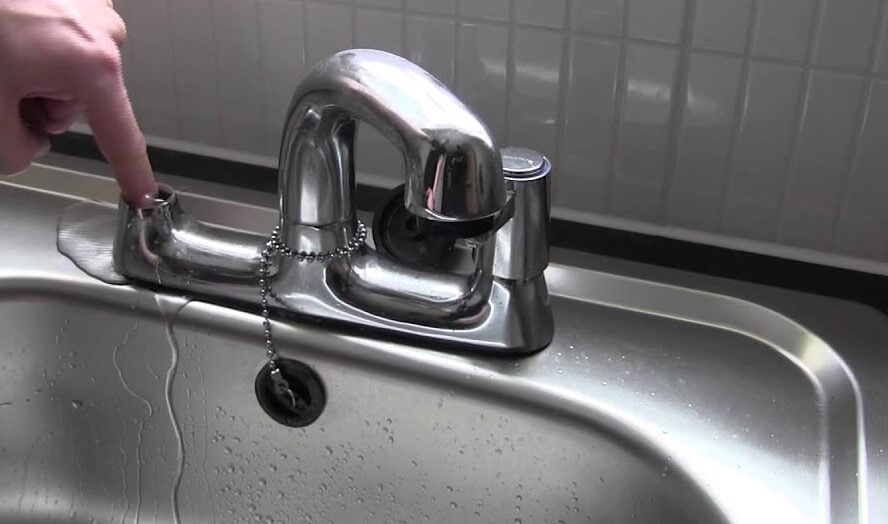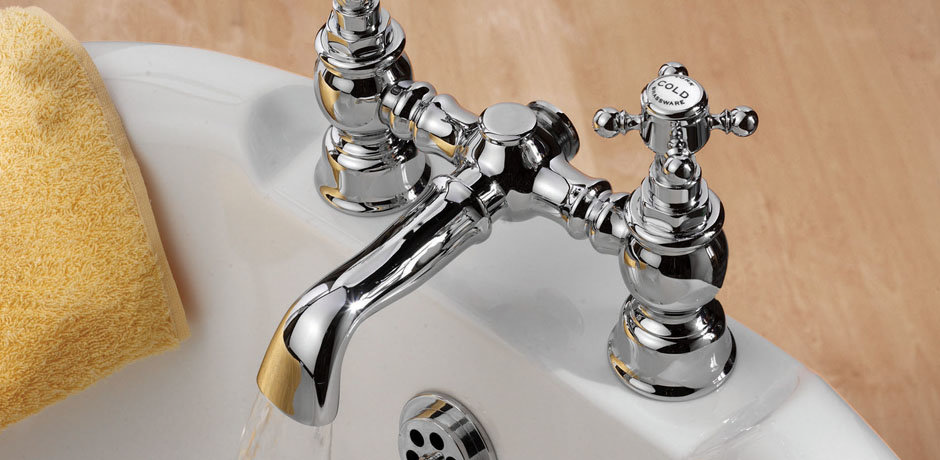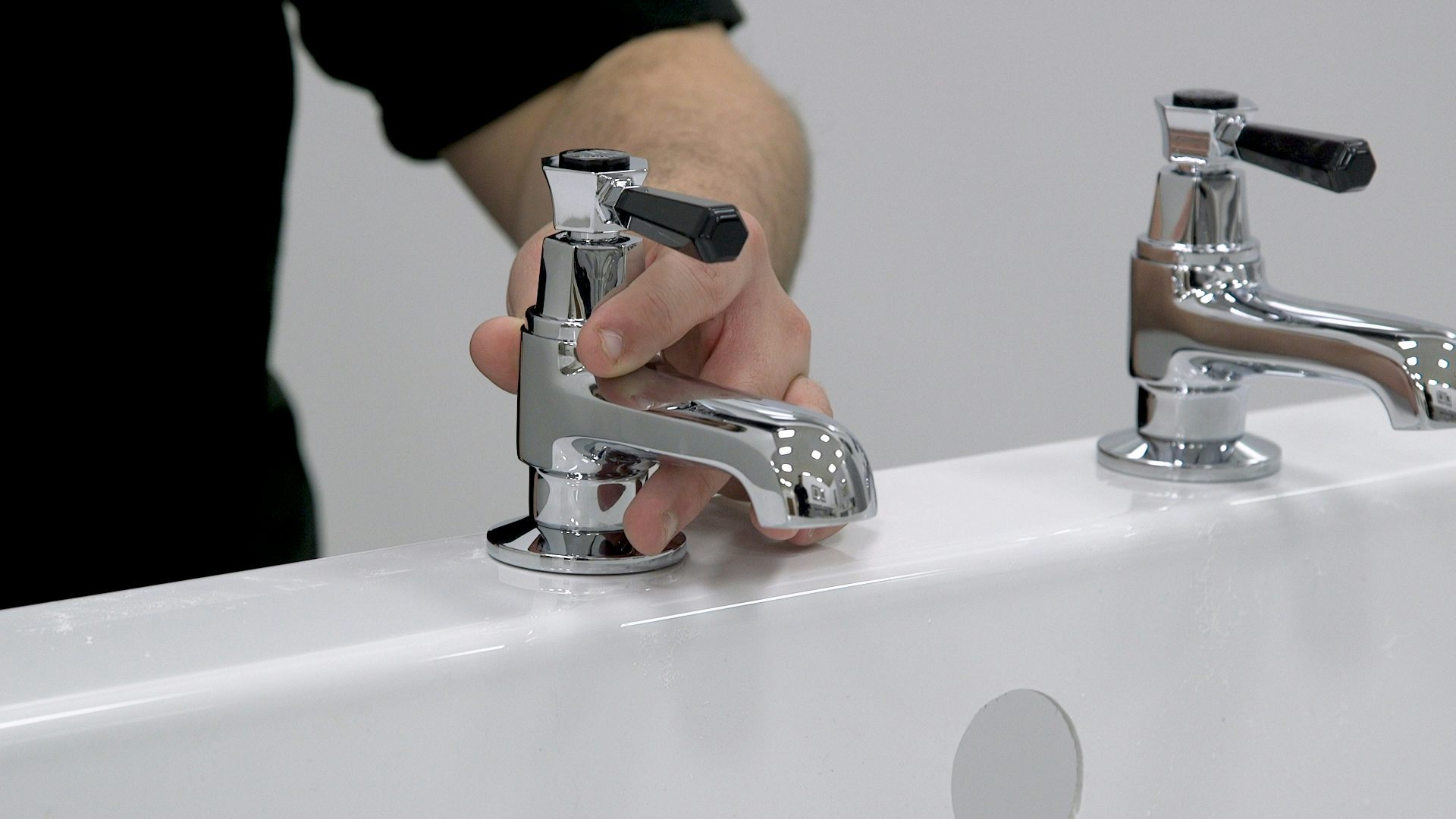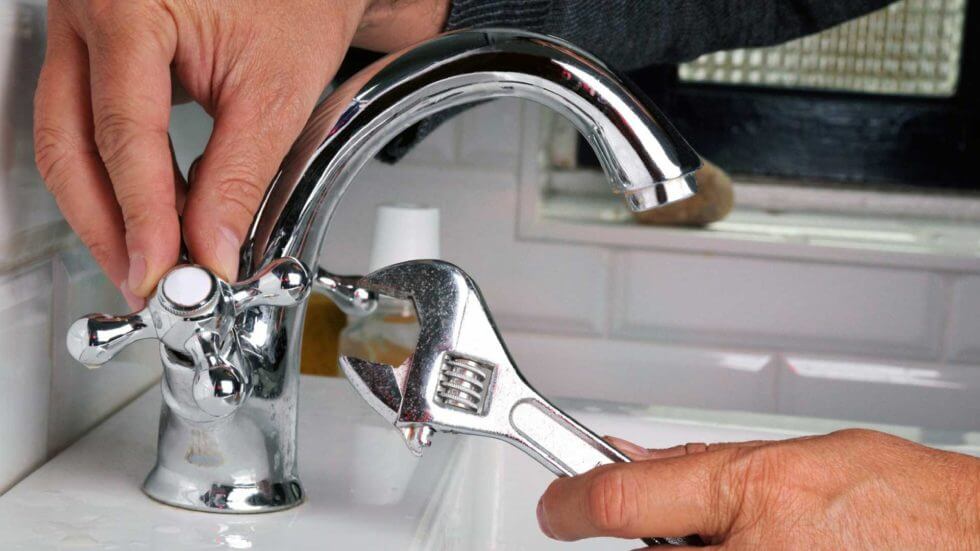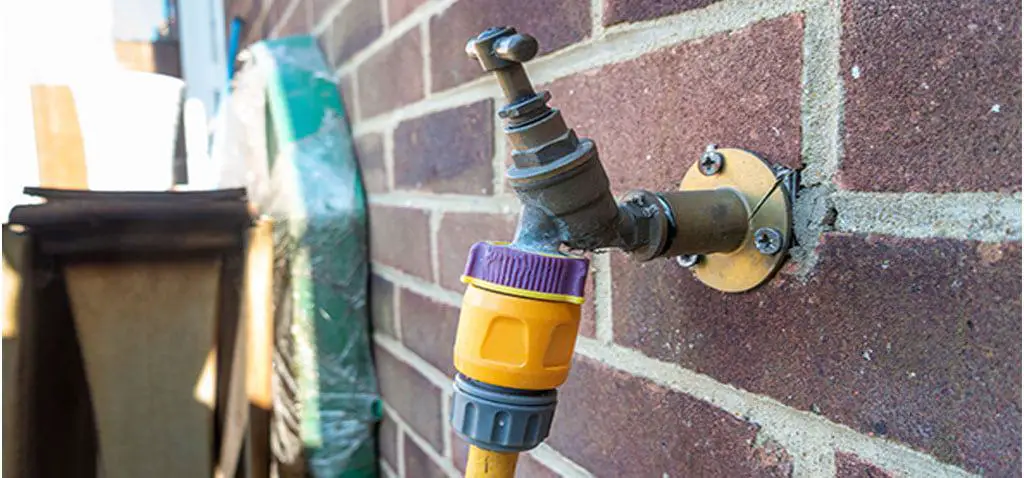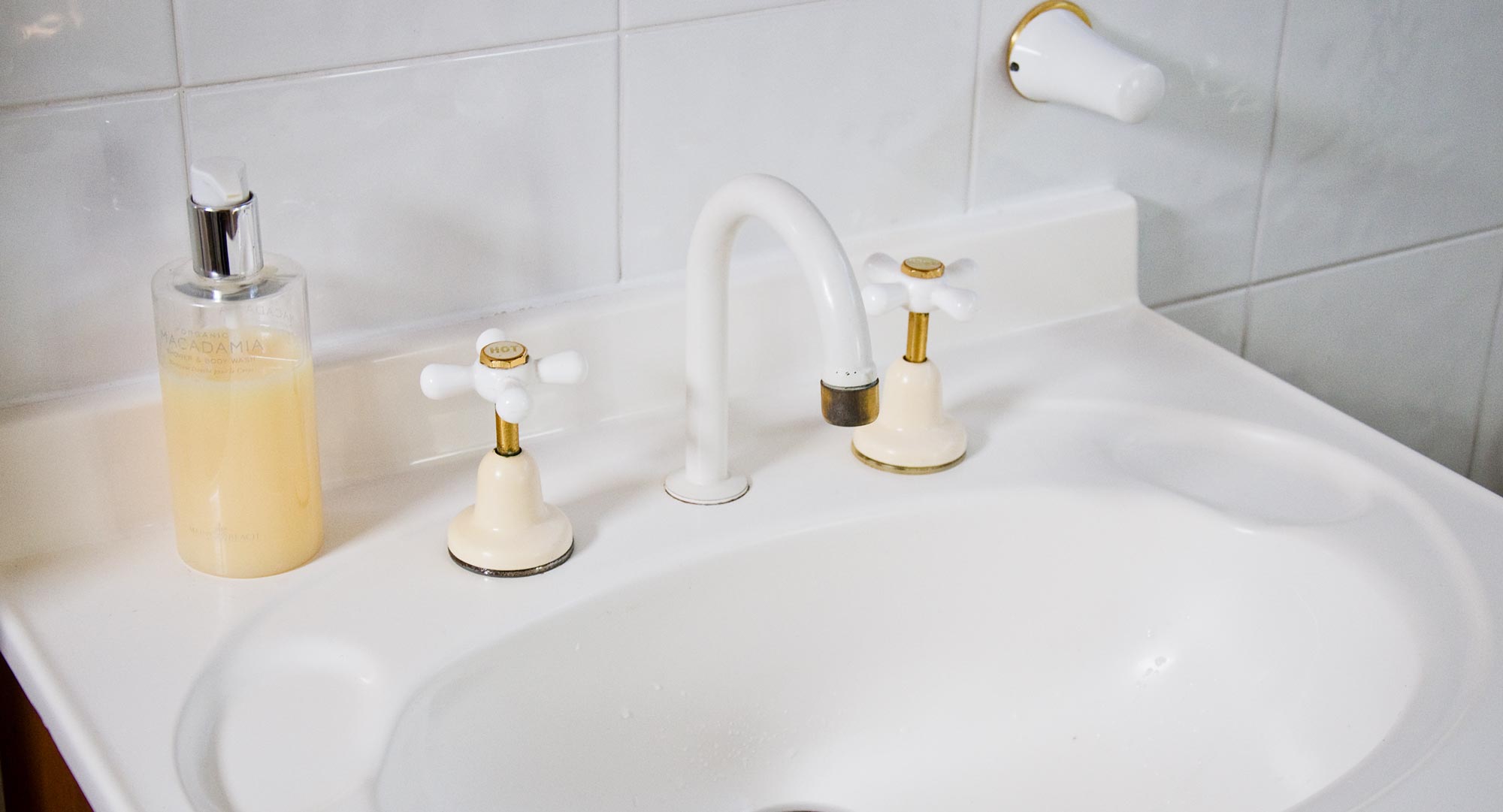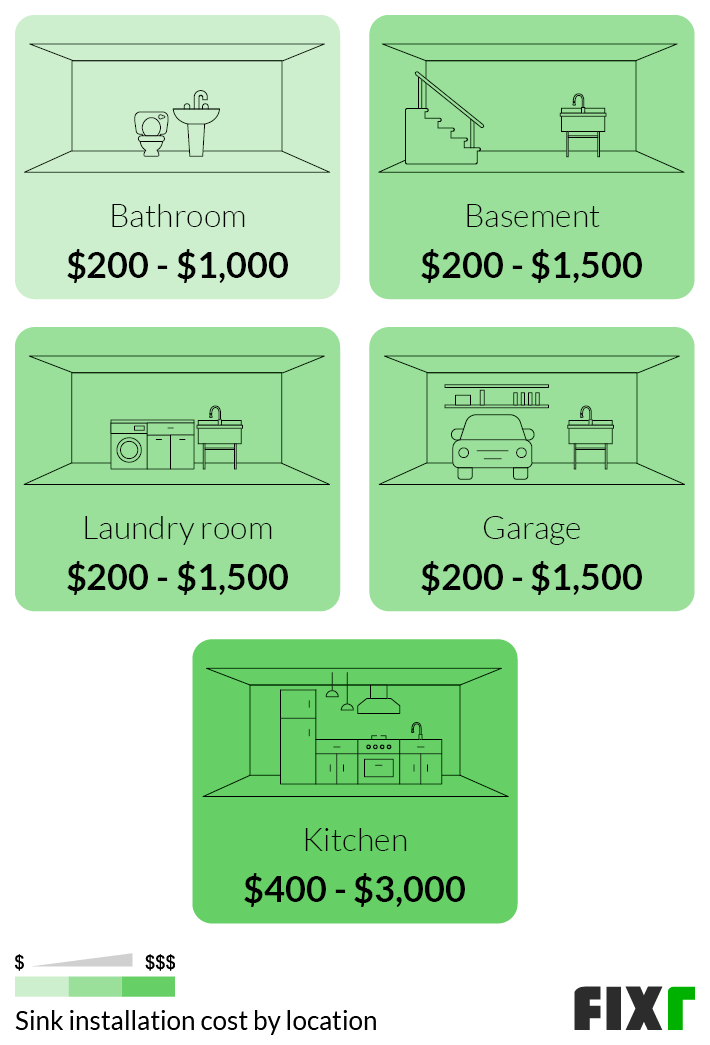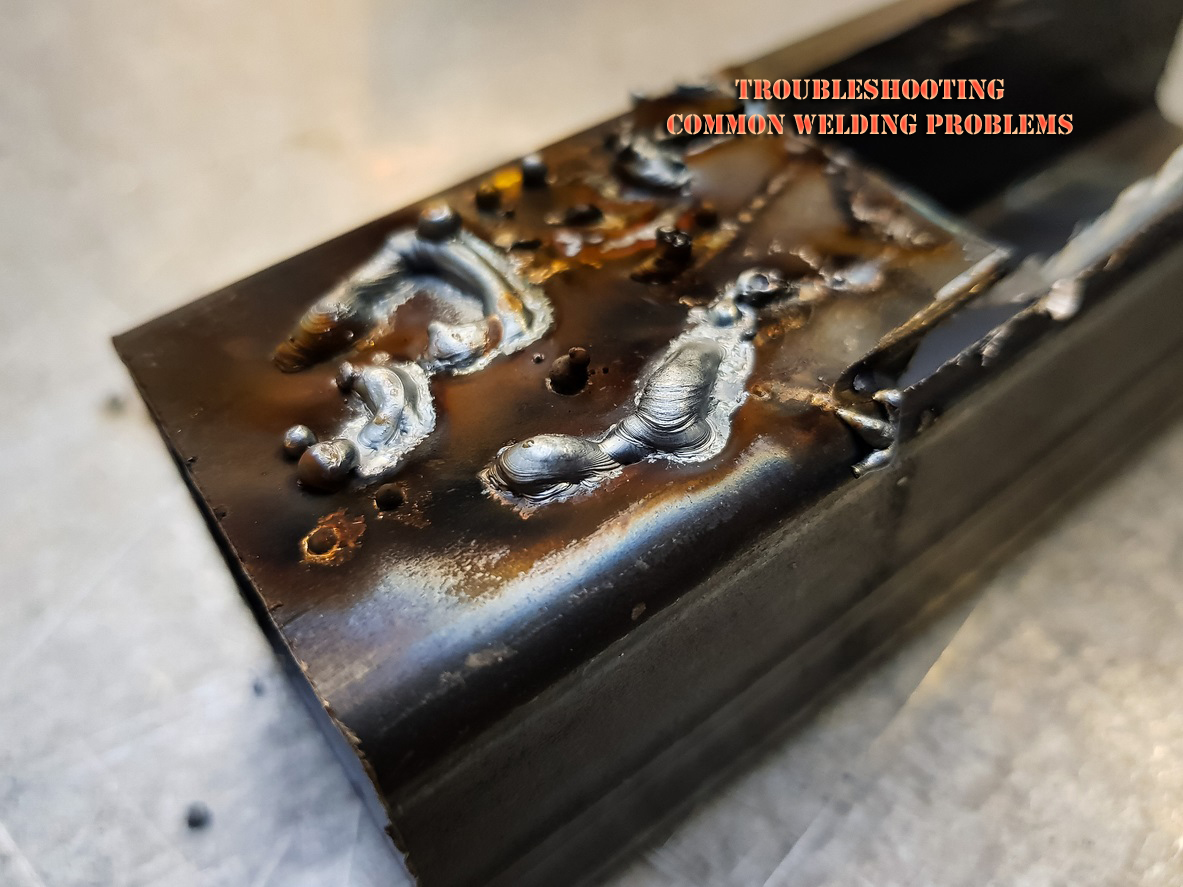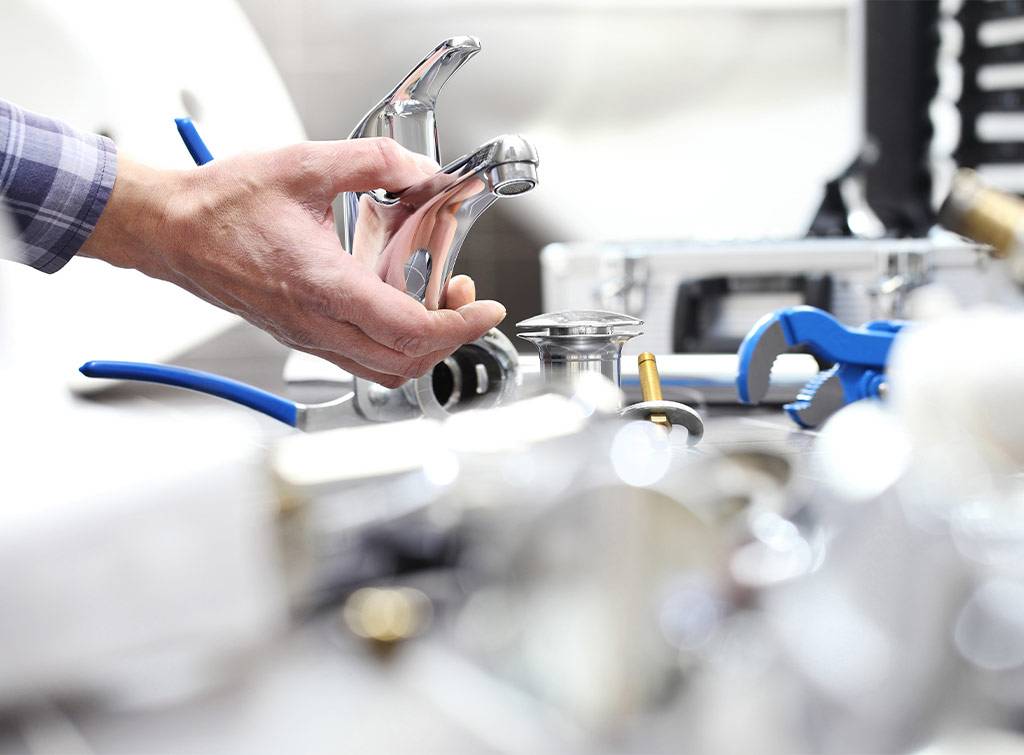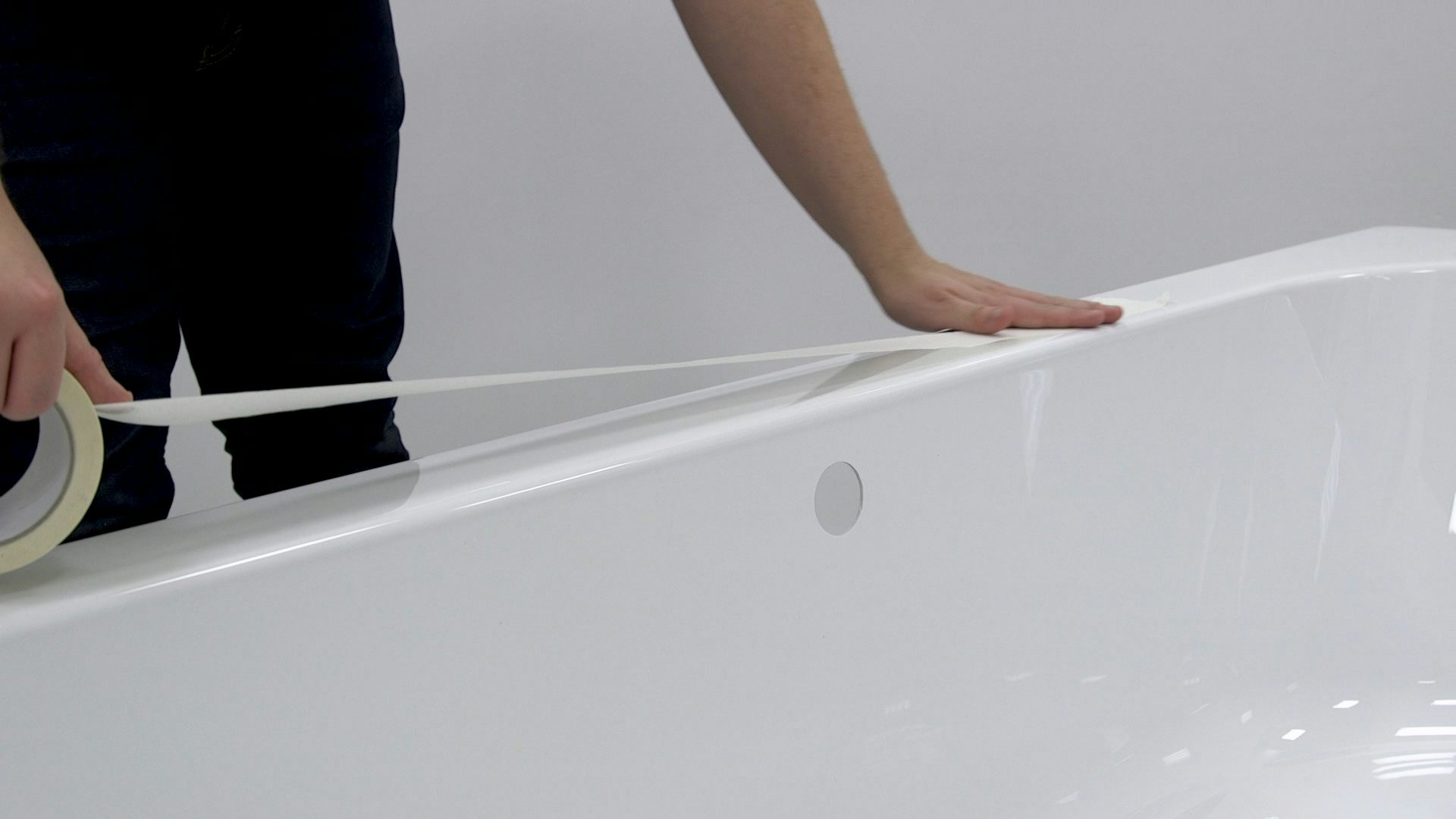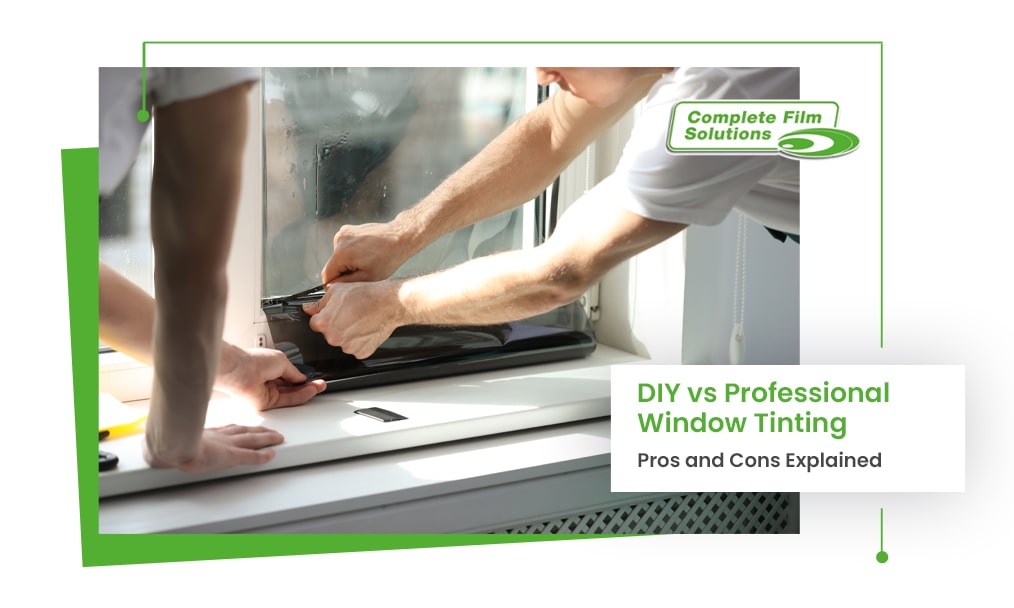Changing the taps in your bathroom sink can be a simple and cost-effective way to update the look of your bathroom. Whether your current taps are outdated, damaged, or simply not functioning properly, replacing them can make a big difference in the overall appearance and functionality of your sink. If you're a DIY enthusiast or looking to save some money, you can easily change the taps in your bathroom sink yourself. With the right tools and a step-by-step guide, you can have your new taps installed in no time. In this article, we'll provide you with a comprehensive guide on how to change taps in a bathroom sink, along with some helpful tips and tricks. How to Change Taps in a Bathroom Sink
Before you begin the process of changing your taps, it's important to gather all the necessary tools and materials. These may include: wrench, pliers, screwdriver, new taps, plumber's tape, and a bucket or towel. Once you have everything you need, you can follow these steps: 1. Turn off the water supply. The first step is to turn off the water supply to your bathroom sink. This can usually be done by turning the valves located under the sink in a clockwise direction. If you can't find the valves, you can turn off the main water supply to your house. 2. Remove the old taps. Use your wrench or pliers to remove the nuts and bolts that hold the old taps in place. You may need to use some force, as these can be tightly secured. Once the nuts and bolts are removed, you can pull the old taps out of the sink. 3. Clean the sink. Before installing the new taps, it's important to clean the area where the old taps were. Use a mild cleaner and a cloth to remove any dirt or residue. 4. Apply plumber's tape. Wrap some plumber's tape around the threads of the new taps. This will help create a watertight seal when the taps are installed. 5. Install the new taps. Carefully insert the new taps into the holes in the sink. Make sure they are aligned properly and then secure them in place with the nuts and bolts. Use your wrench or pliers to tighten them. 6. Turn the water supply back on. Once the new taps are securely in place, you can turn the water supply back on and test the taps to make sure they are functioning properly. 7. Make any necessary adjustments. If the new taps are not aligned properly or are leaking, you may need to make some adjustments. Use your wrench or pliers to tighten the nuts and bolts, or adjust the position of the taps as needed. 8. Clean up. After you've successfully installed your new taps, clean up any leftover debris and put away your tools. Step-by-Step Guide for Replacing Taps in a Bathroom Sink
Changing the taps in your bathroom sink can be a rewarding DIY project. Not only does it save you money, but it also gives you a sense of accomplishment. However, it's important to remember that if you're not comfortable with plumbing or DIY projects, it's best to hire a professional to avoid any potential damage or accidents. Before you start the project, make sure you have all the necessary tools and materials, including the new taps. It's also a good idea to watch tutorials or read guides to familiarize yourself with the process. And don't be afraid to ask for help or advice if needed. DIY: Changing Taps in a Bathroom Sink
Changing taps in a bathroom sink requires specific tools to ensure a successful installation. These may include: wrench, pliers, screwdriver, bucket or towel, new taps, and plumber's tape. It's important to have all these tools on hand before you start the project to avoid any delays or complications. Essential Tools for Changing Taps in a Bathroom Sink
While changing taps may seem like a simple task, there are some common mistakes that can occur. These include: 1. Forgetting to turn off the water supply. This can result in a messy and potentially damaging situation. Always remember to turn off the water supply before starting the project. 2. Not having the right tools. Attempting to change taps without the proper tools can lead to frustration and potentially damaging the taps or sink. 3. Improper installation. Make sure to carefully read the instructions and follow the steps to ensure a proper installation. This will also prevent any potential leaks or other issues. 4. Forgetting to clean the sink. Before installing the new taps, it's important to clean the area thoroughly to ensure a clean and hygienic installation. Common Mistakes to Avoid When Changing Taps in a Bathroom Sink
When it comes to choosing the right taps for your bathroom sink, there are a few things to consider: 1. Style. Taps come in a variety of styles, from traditional to modern. Consider the overall aesthetic of your bathroom and choose taps that will complement it. 2. Functionality. Think about how you will be using the taps and choose ones that will suit your needs. For example, if you have children, consider taps with a single lever for easier use. 3. Budget. Taps can vary greatly in price, so it's important to set a budget and stick to it. Remember to also consider the cost of installation if you're hiring a professional. Tips for Choosing the Right Taps for Your Bathroom Sink
Even with proper installation, issues can still arise when changing taps in a bathroom sink. Some common problems include leaks, low water pressure, or difficulty turning the taps on and off. If you encounter any of these issues, make sure to check that the taps are installed correctly and that all connections are secure. You may also need to replace any worn out parts. Troubleshooting: Common Issues When Changing Taps in a Bathroom Sink
Replacing taps can be an expensive project, especially if you hire a professional. By doing it yourself, you can save money on labor costs and have more control over the materials used. However, it's important to consider your own skill level and whether you have the necessary tools before attempting this project. How to Save Money by Changing Taps in a Bathroom Sink Yourself
If you prefer visual instructions, there are plenty of video tutorials available online that can guide you through the process of changing taps in a bathroom sink. These can be especially helpful for those who are visual learners or need a more detailed explanation. Step-by-Step Video Tutorial: Changing Taps in a Bathroom Sink
There are pros and cons to both hiring a professional and doing it yourself when it comes to changing taps in a bathroom sink. Professional: Hiring a professional ensures a proper installation and can save you time and potential headaches. However, it can be more expensive than doing it yourself. DIY: Doing it yourself can save you money and give you a sense of accomplishment. However, it can be time-consuming and may result in mistakes if you're not experienced in plumbing or DIY projects. In conclusion, changing taps in a bathroom sink can be a manageable DIY project with the right tools and instructions. However, if you're not comfortable with plumbing or DIY projects, it's best to hire a professional. By following our step-by-step guide and tips, you can have your new taps installed in no time and enjoy a refreshed look in your bathroom. Professional vs DIY: Pros and Cons of Changing Taps in a Bathroom Sink
Why Changing Taps in Your Bathroom Sink Can Enhance Your House Design

The Importance of Taps in Bathroom Design
 When it comes to designing a bathroom, many people often overlook the importance of taps. However, these seemingly small fixtures can actually have a significant impact on the overall design and functionality of your bathroom. Not only do they serve a practical purpose, but they can also add a touch of style and sophistication to your space. That's why it's essential to carefully consider the type of taps you choose for your bathroom sink.
When it comes to designing a bathroom, many people often overlook the importance of taps. However, these seemingly small fixtures can actually have a significant impact on the overall design and functionality of your bathroom. Not only do they serve a practical purpose, but they can also add a touch of style and sophistication to your space. That's why it's essential to carefully consider the type of taps you choose for your bathroom sink.
How Changing Taps Can Enhance Your House Design
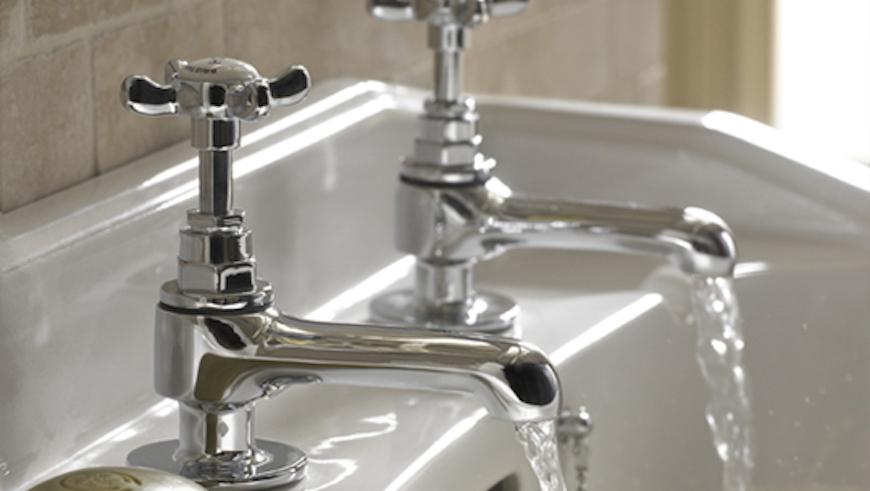 One of the most significant advantages of changing your bathroom sink taps is the instant upgrade it can give to your house design. By replacing old, outdated taps with new, modern ones, you can completely transform the look and feel of your bathroom. This is especially true if you choose taps that complement the design and style of your bathroom, whether it's modern, traditional, or somewhere in between.
Moreover, changing your taps can also improve the functionality of your bathroom. If you currently have taps that are difficult to turn or constantly leak, upgrading to new, high-quality taps can make a world of difference. Not only will they be easier to use, but they will also save you money on water bills in the long run.
One of the most significant advantages of changing your bathroom sink taps is the instant upgrade it can give to your house design. By replacing old, outdated taps with new, modern ones, you can completely transform the look and feel of your bathroom. This is especially true if you choose taps that complement the design and style of your bathroom, whether it's modern, traditional, or somewhere in between.
Moreover, changing your taps can also improve the functionality of your bathroom. If you currently have taps that are difficult to turn or constantly leak, upgrading to new, high-quality taps can make a world of difference. Not only will they be easier to use, but they will also save you money on water bills in the long run.
Considerations When Choosing New Taps for Your Bathroom Sink
 When it comes to choosing new taps for your bathroom sink, there are a few things to keep in mind. First, consider the overall design and style of your bathroom. Make sure the taps you choose complement the existing aesthetic. Next, think about the practicality of the taps. Do you want a single or dual handle? Do you prefer a traditional or waterfall spout? These are all essential considerations that will impact the functionality of your taps.
In addition, it's crucial to choose high-quality taps that will last for years to come. Look for taps made from durable materials such as brass or stainless steel. These may cost a bit more upfront, but they will save you money in the long run by lasting longer and requiring fewer repairs.
In conclusion, changing the taps in your bathroom sink may seem like a small and insignificant task, but it can actually make a significant impact on your house design. By choosing the right taps, you can enhance the overall look and functionality of your bathroom, making it a more enjoyable and functional space for you and your family. So, next time you're considering a bathroom renovation, don't forget to give your taps the attention they deserve.
When it comes to choosing new taps for your bathroom sink, there are a few things to keep in mind. First, consider the overall design and style of your bathroom. Make sure the taps you choose complement the existing aesthetic. Next, think about the practicality of the taps. Do you want a single or dual handle? Do you prefer a traditional or waterfall spout? These are all essential considerations that will impact the functionality of your taps.
In addition, it's crucial to choose high-quality taps that will last for years to come. Look for taps made from durable materials such as brass or stainless steel. These may cost a bit more upfront, but they will save you money in the long run by lasting longer and requiring fewer repairs.
In conclusion, changing the taps in your bathroom sink may seem like a small and insignificant task, but it can actually make a significant impact on your house design. By choosing the right taps, you can enhance the overall look and functionality of your bathroom, making it a more enjoyable and functional space for you and your family. So, next time you're considering a bathroom renovation, don't forget to give your taps the attention they deserve.



